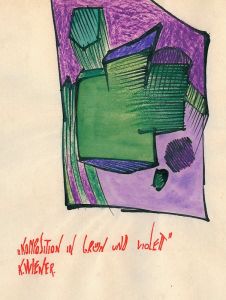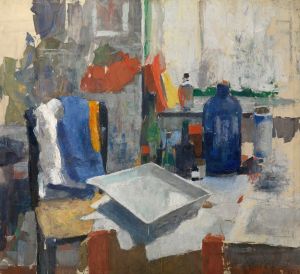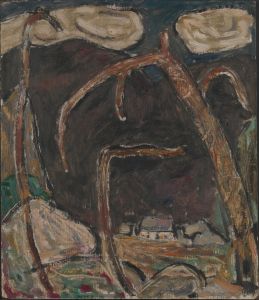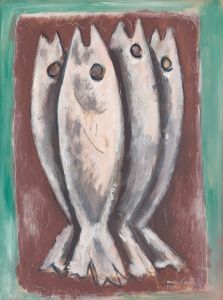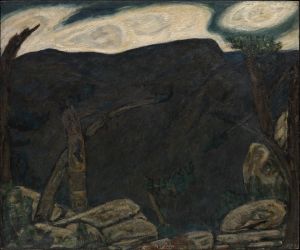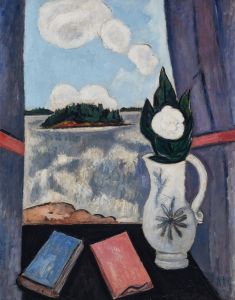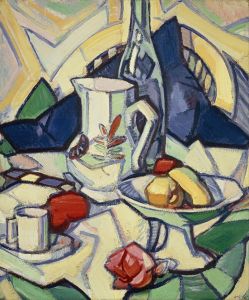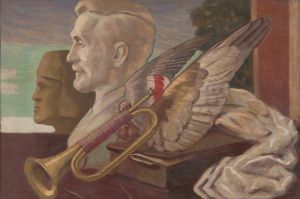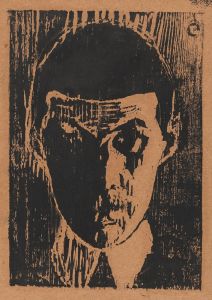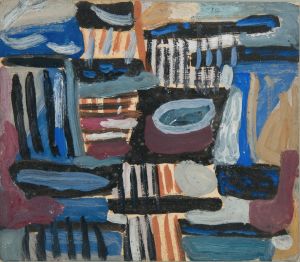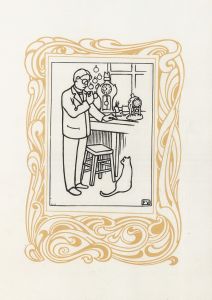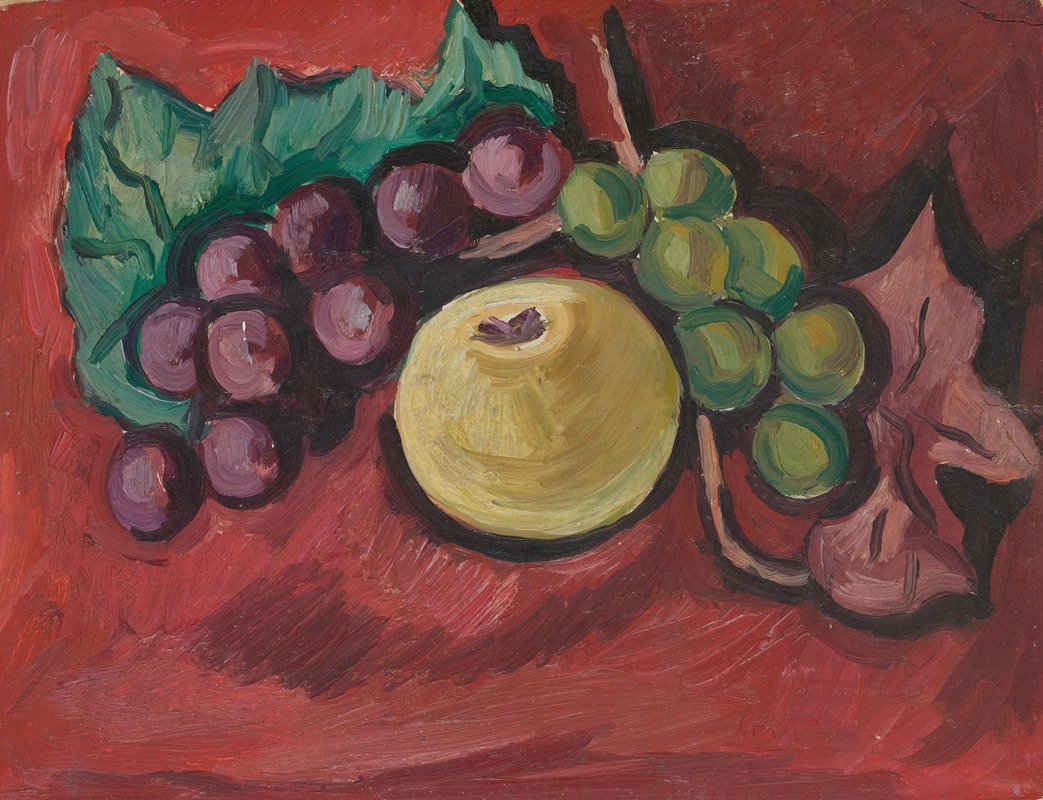
Still Life
A hand-painted replica of Marsden Hartley’s masterpiece Still Life, meticulously crafted by professional artists to capture the true essence of the original. Each piece is created with museum-quality canvas and rare mineral pigments, carefully painted by experienced artists with delicate brushstrokes and rich, layered colors to perfectly recreate the texture of the original artwork. Unlike machine-printed reproductions, this hand-painted version brings the painting to life, infused with the artist’s emotions and skill in every stroke. Whether for personal collection or home decoration, it instantly elevates the artistic atmosphere of any space.
Marsden Hartley was an American Modernist painter known for his bold use of color and form. Born in 1877 in Lewiston, Maine, Hartley became a prominent figure in the early 20th-century art scene. His work often reflected his personal experiences and the various cultural influences he encountered throughout his life. Although Hartley is primarily known for his landscapes and abstract compositions, he also created a number of still life paintings.
"Still Life" by Marsden Hartley is one of his lesser-known works, and specific details about this particular painting are scarce. However, Hartley's approach to still life can be understood within the broader context of his artistic style and influences. Hartley was heavily influenced by the European avant-garde movements, particularly German Expressionism and French Fauvism, which is evident in his use of vivid colors and dynamic compositions.
In his still life paintings, Hartley often employed a bold and simplified style, focusing on the essential forms and colors of the objects he depicted. This approach was consistent with his overall artistic philosophy, which emphasized emotional expression and the spiritual aspects of art. Hartley's still lifes, like his other works, were characterized by a sense of immediacy and intensity, often conveying a deeper symbolic meaning beyond the mere depiction of objects.
Hartley's still life compositions typically featured everyday objects, such as fruits, flowers, and household items. He arranged these objects in a way that emphasized their formal qualities, using strong outlines and contrasting colors to create a sense of depth and movement. This technique allowed Hartley to explore the interplay between form and color, a central theme in his work.
Throughout his career, Hartley was deeply influenced by his travels and the various cultural environments he encountered. His time spent in Europe, particularly in Germany and France, exposed him to new artistic ideas and movements that shaped his approach to painting. These influences are evident in his still life works, which often reflect the bold colors and expressive forms characteristic of the European avant-garde.
Despite the limited information available about "Still Life" by Marsden Hartley, it can be appreciated as part of his broader body of work. Hartley's still lifes, like his other paintings, demonstrate his commitment to exploring the emotional and spiritual dimensions of art. Through his innovative use of color and form, Hartley sought to capture the essence of his subjects, transforming everyday objects into powerful expressions of his artistic vision.
In summary, while specific details about "Still Life" by Marsden Hartley are not readily available, the painting can be understood within the context of Hartley's overall artistic style and influences. His still life works reflect his engagement with European avant-garde movements and his dedication to exploring the expressive potential of color and form. As with much of Hartley's work, his still lifes offer a glimpse into his unique vision and the emotional depth that characterizes his art.





